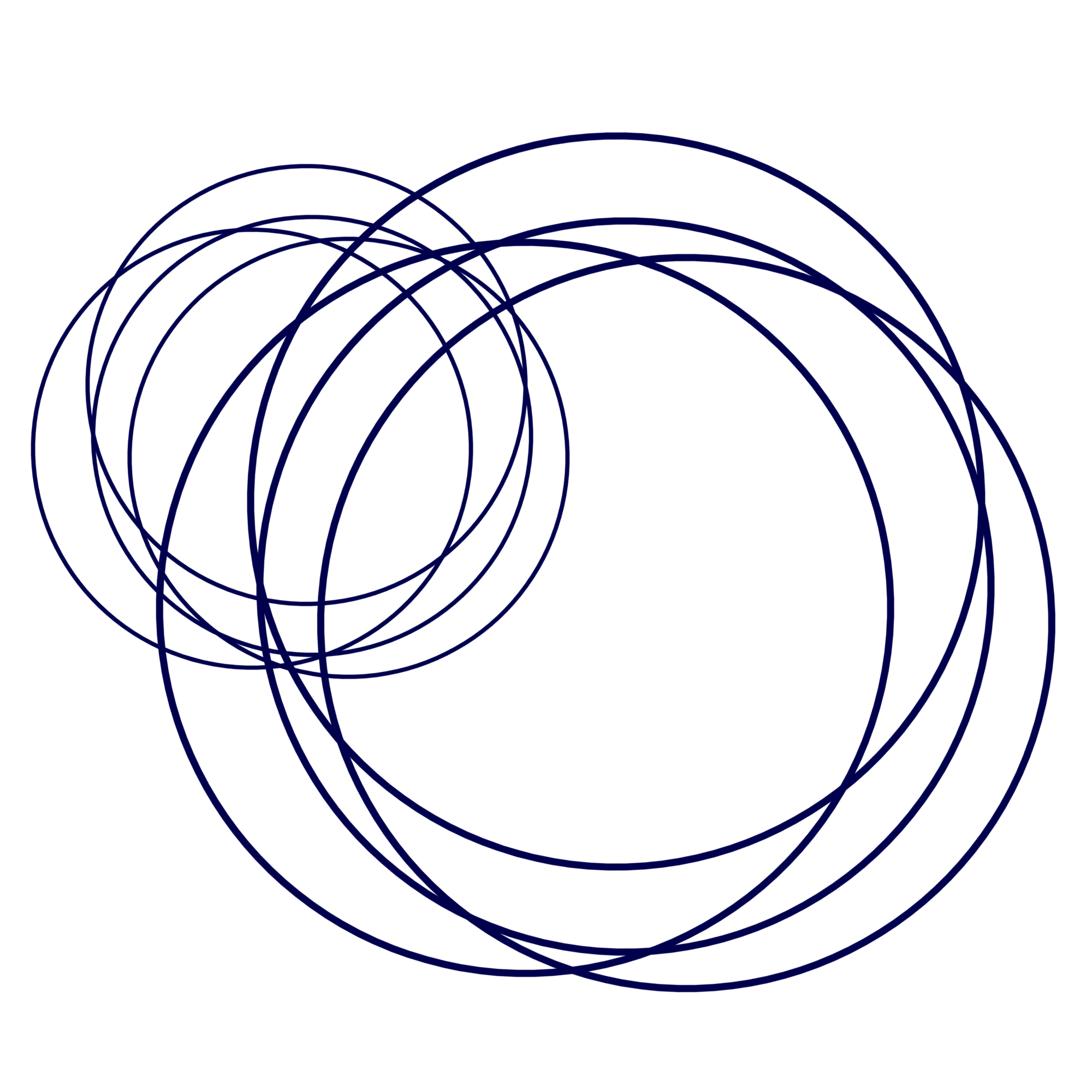742
This could mean, narrowly, that Felix had been educated for the French diplomatic
corps or, more broadly, to function in the upper levels of the government bureaucracy.
Whatever the case, there is a clear link between his family and expectations and those
of Victor Frankenstein, whose father and forefathers, from a strong sense of civic
duty, have held positions of public trust in Geneva.
